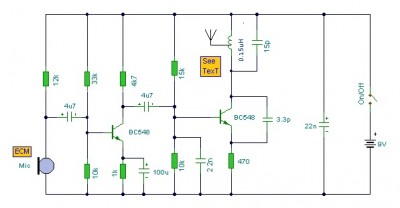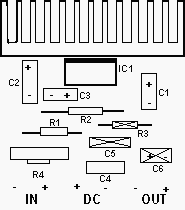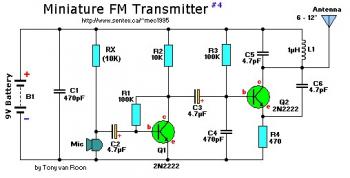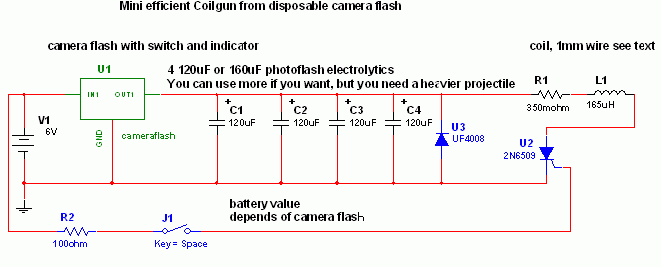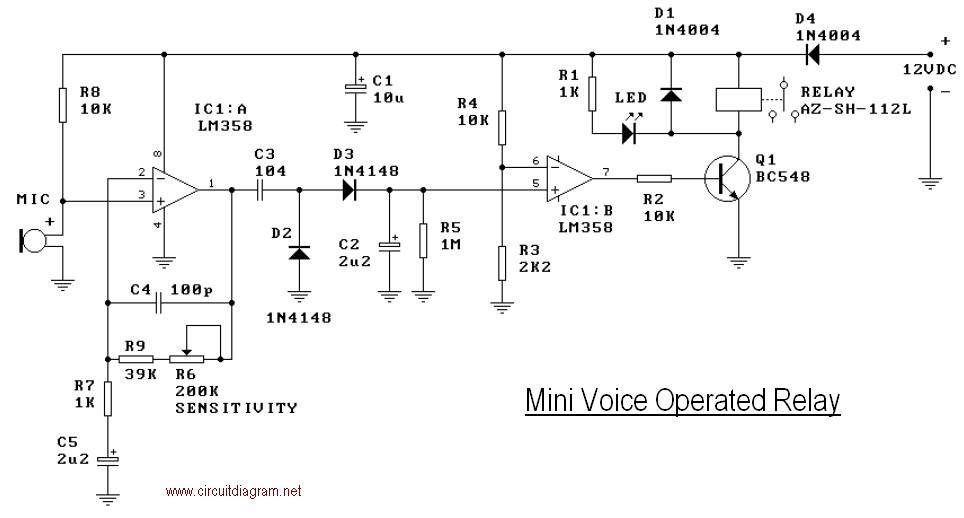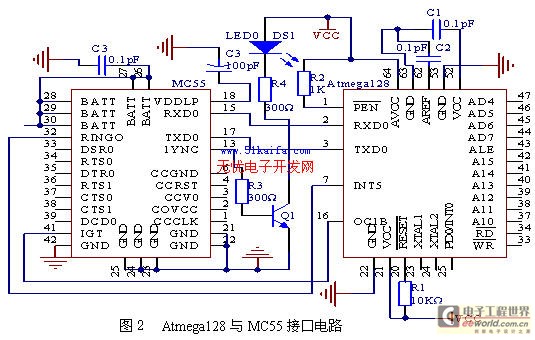
Netduino Mini
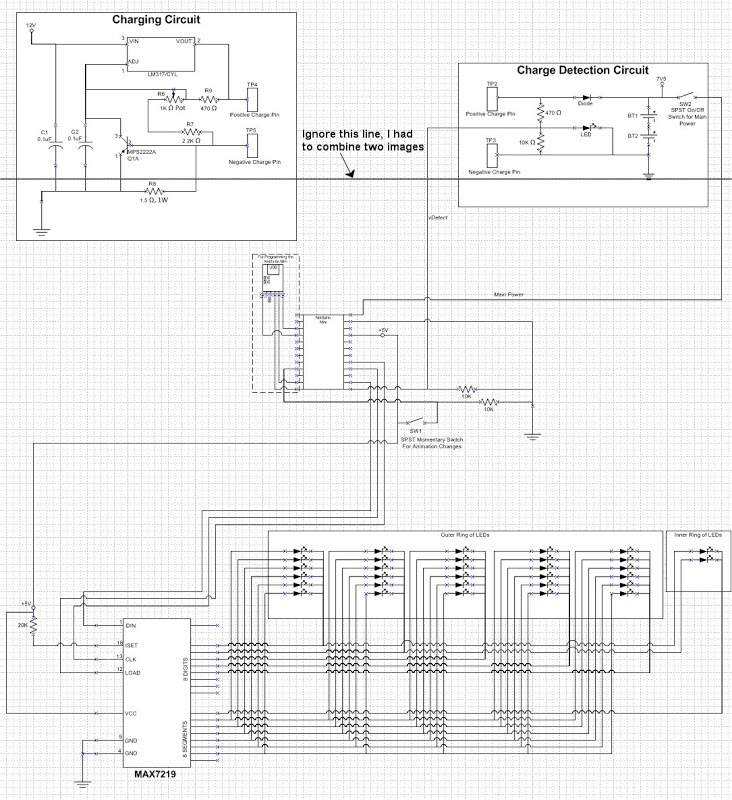
Currently, two guides are being followed: the Original Guide from Hackerspace and the Coding4fun Thundergod Guide using a Netduino Mini. This is the basic circuit.
The basic circuit referenced involves utilizing a Netduino Mini, which is a microcontroller platform that combines the capabilities of .NET Micro Framework with the hardware features of a traditional microcontroller. The circuit design typically includes essential components such as resistors, capacitors, and various input/output devices to facilitate interaction with the microcontroller.
In this configuration, the Netduino Mini serves as the central processing unit, executing programmed instructions that control the behavior of connected components. The circuit may include sensors that provide input to the microcontroller, such as temperature sensors, light sensors, or motion detectors. Outputs could involve LEDs, motors, or other actuators that respond based on the input data processed by the Netduino.
Power supply considerations are crucial in this design, ensuring that the Netduino Mini and all connected peripherals operate within their specified voltage and current ratings. Proper grounding and signal integrity must also be maintained to prevent noise and ensure reliable operation.
The schematic layout should clearly indicate the connections between the Netduino Mini and the various components, including pin assignments for digital and analog inputs/outputs. Additionally, the use of breadboards or custom PCBs may be considered to prototype the circuit before finalizing the design for production or deployment.
Overall, the integration of these components into a coherent circuit enables the development of various applications, such as home automation systems, robotics, or interactive installations, leveraging the capabilities of the Netduino Mini platform.I am currently following the two guides here: Original Guide Hackerspace/Coding4fun Thundergod Guide using netduino mini This is the basic circuit. But I would l .. 🔗 External reference
The basic circuit referenced involves utilizing a Netduino Mini, which is a microcontroller platform that combines the capabilities of .NET Micro Framework with the hardware features of a traditional microcontroller. The circuit design typically includes essential components such as resistors, capacitors, and various input/output devices to facilitate interaction with the microcontroller.
In this configuration, the Netduino Mini serves as the central processing unit, executing programmed instructions that control the behavior of connected components. The circuit may include sensors that provide input to the microcontroller, such as temperature sensors, light sensors, or motion detectors. Outputs could involve LEDs, motors, or other actuators that respond based on the input data processed by the Netduino.
Power supply considerations are crucial in this design, ensuring that the Netduino Mini and all connected peripherals operate within their specified voltage and current ratings. Proper grounding and signal integrity must also be maintained to prevent noise and ensure reliable operation.
The schematic layout should clearly indicate the connections between the Netduino Mini and the various components, including pin assignments for digital and analog inputs/outputs. Additionally, the use of breadboards or custom PCBs may be considered to prototype the circuit before finalizing the design for production or deployment.
Overall, the integration of these components into a coherent circuit enables the development of various applications, such as home automation systems, robotics, or interactive installations, leveraging the capabilities of the Netduino Mini platform.I am currently following the two guides here: Original Guide Hackerspace/Coding4fun Thundergod Guide using netduino mini This is the basic circuit. But I would l .. 🔗 External reference
